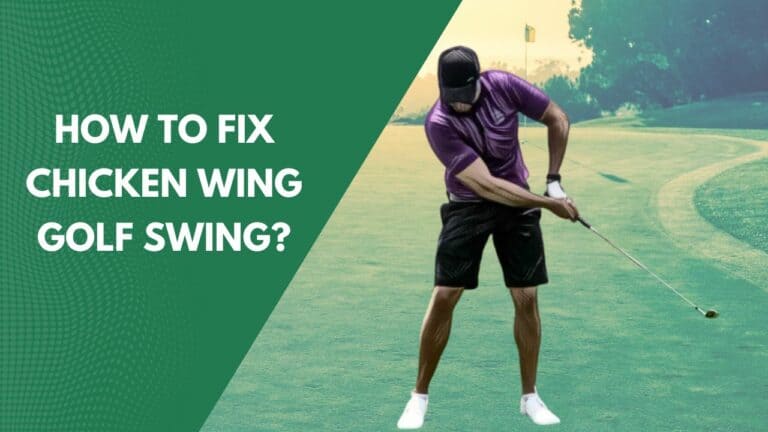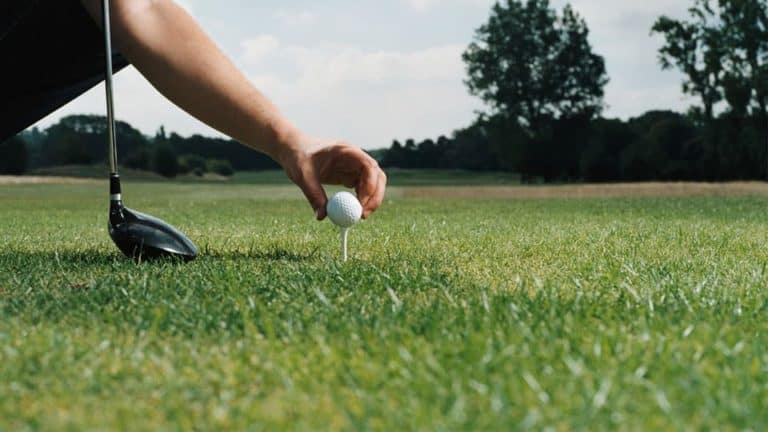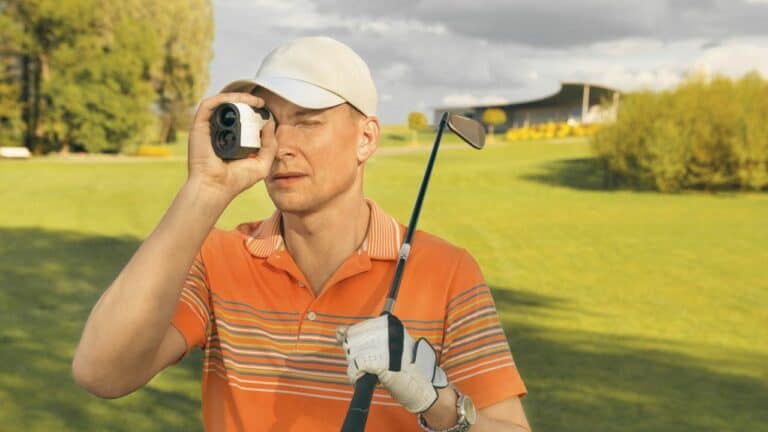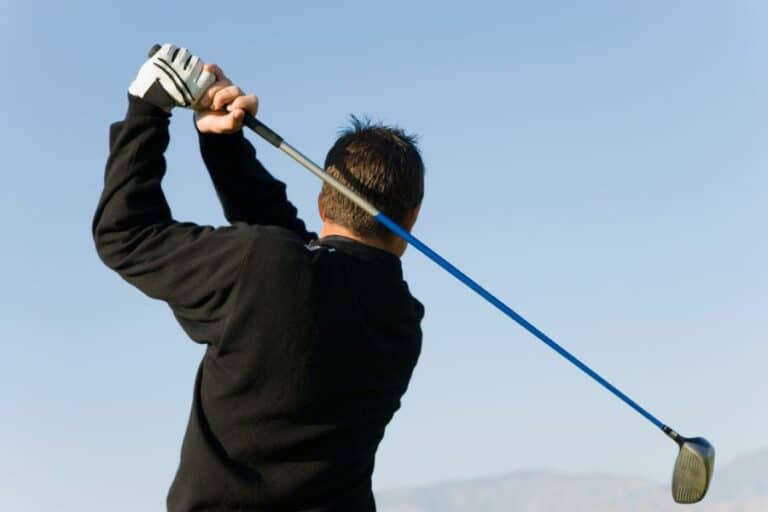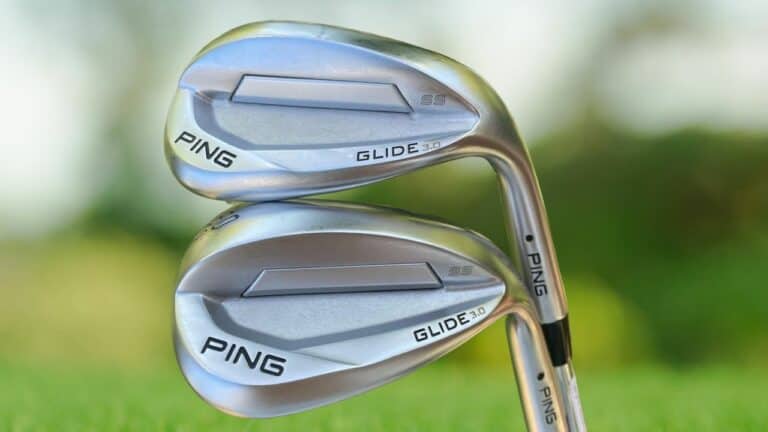Wedge Bounce: What Is It And And How It Affects your Game
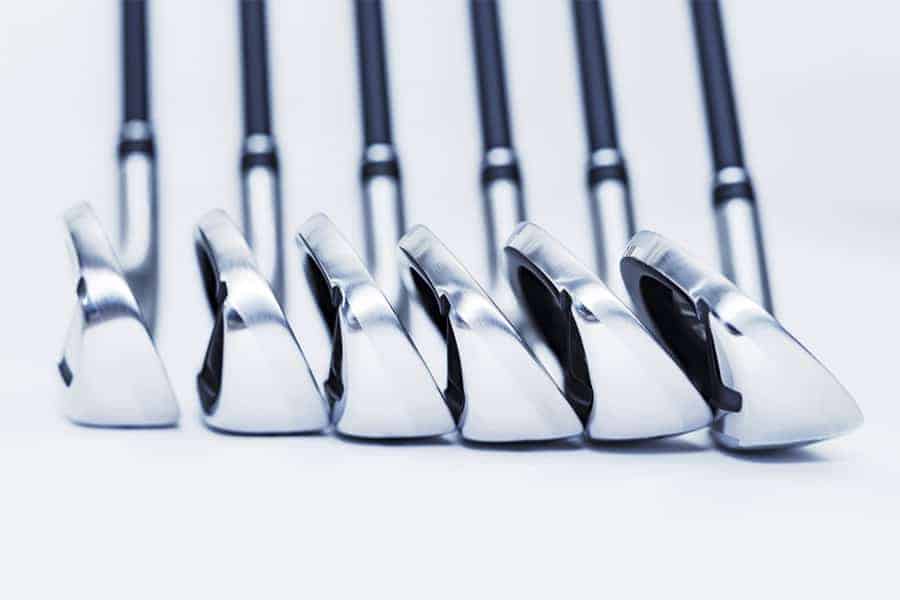
Wedge bounce is an often overlooked factor in club selection. This article explains what a wedge bounce is, how it affects your shots
Golfers usually look for loft and lie angles while choosing different golf wedges. These factors play an essential role, but another aspect is the wedge bounce which can be a game changer.
Knowing what wedge bounce is and how it affects your shots can help you choose the right club for your game. The right combination of loft and bounce can make all the difference in your short game.
What is a wedge bounce?
The bounce angle is created between the leading edge to the ground when the sole or trailing edge rests on the latter. This part of a wedge hits and moves through turf upon impact with a ball, promoting proper contact, control, and spin. The greater the wedge bounce degree, the higher the off-ground level’s leading edge sits.
Types of wedge bounce
Wedge bounce is measured in degrees, and typical wedges range from 4° to 14°. Most players pick a mid-level number between 7° and 12° of bounce.
Lower numbers will cause the wedge to dig into turf more readily upon impact, while higher ones encourage smoother contact and more gliding over the ground.
There are three types of bounce wedges:
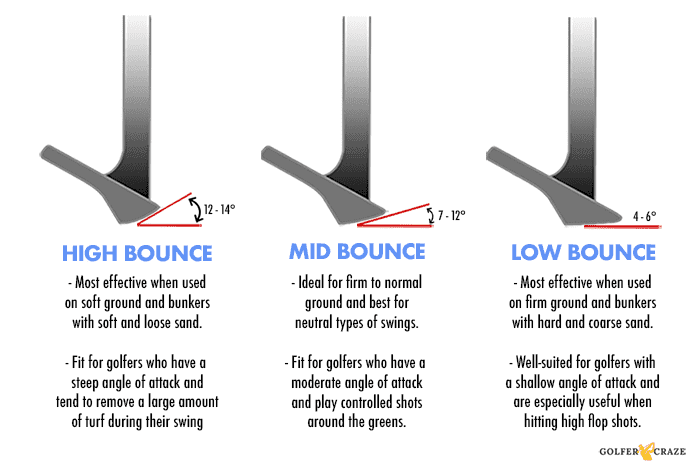
1. High-bounce wedges
High-bounce wedges are ideal for golfers with a steep attack angle. These wedges tend to remove a large amount of turf during the swing, so they are best to be used on softer sand.
With more than 12 degrees of bounce, these clubs prevent the leading edge from digging into the ground.
High-bounce lob wedges are handy for players who take deep divots and have a steep attack angle.
The high-bounce sand wedges create more spin, increasing stopping power and control over the player’s short game.
2. Mid-bounce wedges
The most versatile wedges, mid-bounce wedges, usually feature 7-12 degrees of bounce. They play well on a firm to normal turf and fit all types of swings but work best with neutral swings with a moderate attack angle.
Golfers usually choose mid-bounce wedges when they want to create their shot around the greens because they are made for control.
Medium bounce is designed to help golfers hit their exact distance and control the ball’s trajectory.
3. Low-bounce wedges
Low-bounce wedges commonly have 4-6 degrees of bounce and are most effective on firm turf and bunkers with more complex or coarse sand, as they tend to skip off the ground.
Low bounce wedge is also an excellent choice for golfers with shallower attack angles that take little to no divot when hitting their wedge shots.
Wedges with less bounce allow for cleaner contact and more precision, making them popular for high-flop shots from tight lies around the green.
What bounce is best for wedges?
The best wedges for playability in all conditions and for all golfers are those with a mid-bounce angle (7 to 12 degrees).
Does bounce affect distance?
Yes, the bounce of a wedge can affect both the distance and accuracy of your shots. Matching your wedge’s bounce to your swing type and course conditions is essential for achieving optimal performance. Wedges with higher bounce tend to travel farther but offer less control, while wedges with lower bounce provide more ball spin control but have shorter distances.
What is the best bounce for a sand wedge?
Depending on your swing type and the course conditions, the best bounce for your sand wedge will vary. If you have a deep angle of attack that leaves behind big divots, then go with a high-bounce option. However, if you tend to sweep shallower or not at all (no divot), opt for low bounce instead.
What is a standard wedge bounce?
Finding the best wedge bounce for your golf game can be challenging. Players and course conditions are different, so a one-size-fits-all option doesn’t exist. The key to maximizing your wedges’ performance is being fitted for them according to your swing type.
How to buy the right wedge for your game?
When picking the ideal bounce for your wedges, the two primary factors to consider are swing type and turf conditions. Other factors that golfers can also consider are finishes, shaft, and sole grind of the wedge.
Although, unlike other golf club choices, handicap or swing speed is not a determining factor.
Swing Types
The next time you’re stuck trying to decide between low, mid, and high bounce options for your wedges, think about your swing speed and the divots you typically take with wedge shots.
Often, your divot can clue you in as to which wedges will work best for you.
- High bounce: Golfers who attack the ball at a steep angle and take large divots can go for the high bounce clubs.
- Mid bounce: This golf club is adaptable to all types of swings, but it performs best when used by those with a moderate angle of attack and a neutral swing style.
- Low bounce: This club is for golfers who attack the ball at a shallow angle and take little to no divot.
Turf conditions
The turf conditions are also an important aspect to take into account when choosing the right bounce. Also, look over the types of ground on the golf courses you usually play in.
- High bounce: This wedge bounce performs best on softer turf and bunkers with deeper soft sand.
- Mid bounce: This is perfect for those with a firm to normal turf. It is versatile and easy to use, making it ideal for various needs.
- Low bounce: This type of wedge is ideal for practicing your shots on firm turf and in bunkers with harder or more coarse sand.
Finishes and Shafts
In addition to the two main aspects of the wedge-buying process, shaft and finish are also important factors.
Shafts
The shaft on a wedge is often slightly heavier than an iron, which gives the club more weight overall. This makes it easier to swing the club through demanding conditions.
Read More: Graphite vs Steel Shaft
Finishes
Golf club manufacturers usually offer multiple finishes for their wedges. This allows you to choose a look that you prefer, both aesthetically and functionally. It also helps your clubs stand out from the rest in your bag.
Some wedge manufacturers now offer unfinished golf clubs designed to rust and oxidize over time. This is supposed to create more friction between the club face and the ball, thus improving spin as the wedge ages.
How do sole grinds affect your bounce angle?
Sole grinds are an excellent tool for golfers to shape their wedge’s bounce angle to improve their short-game performance.
Depending on the style of sole grind, this can range from high-bounce wedges to low-bounce wedges.
The high-bounce wedges allow the golfer to play shots with extreme trajectory control and spin, while low-bounce wedges enable the golfer to play shots that dig into the turf and produce backspin.
Different sole grinds have different width levels, affecting how much the clubface is in contact with the ground as you make your shot.
As a result, this can significantly impact your ball flight and spin rates. For example, wider soles typically create higher bounce angles, while narrower soles create lower bounce angles.
Knowing the right sole grind for your wedges can help you find your preferred feel and control around the green.
Therefore, it is essential to experiment with different sole grinds to determine which gives you the most control over your shots.
Final thoughts
It is important to remember that there is no one-size-fits-all solution when it comes to wedges, so it is essential to take the time to find the right combination of features for your specific swing type and course conditions.
With a bit of research and experimentation, you can find the perfect set of wedges to help you master your short game.



